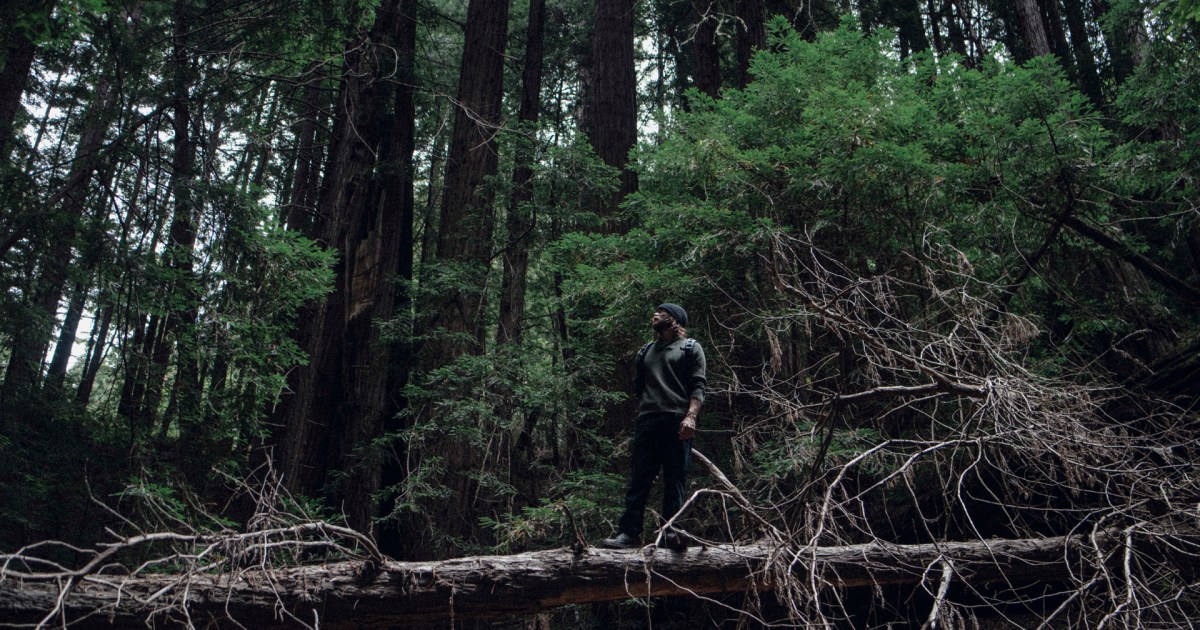
The Founders of Technical Apparel Brand AETHER Share the Hardcore Development Process Behind Their Gear
In partnership with AETHER
Recently, we clued you into AETHER, a technical apparel brand that deftly marries urban aesthetics with “bring it, Mother Nature” construction. We noted that every AETHER garment is guaranteed for life, which got us thinking: “What the hell do they put these things through before we adventure-minded laypeople get our hands on them?”
So we sat down with AETHER founders Jonah Smith and Palmer West to discuss the inspiration behind their garments, the science that facilitates their genesis and the extreme conditions AETHER gear weathers both before and after it comes to market — long story short, if you want to sleep under your car during an Icelandic winter with naught but an AETHER coat for warmth, you won’t be the first to do it.
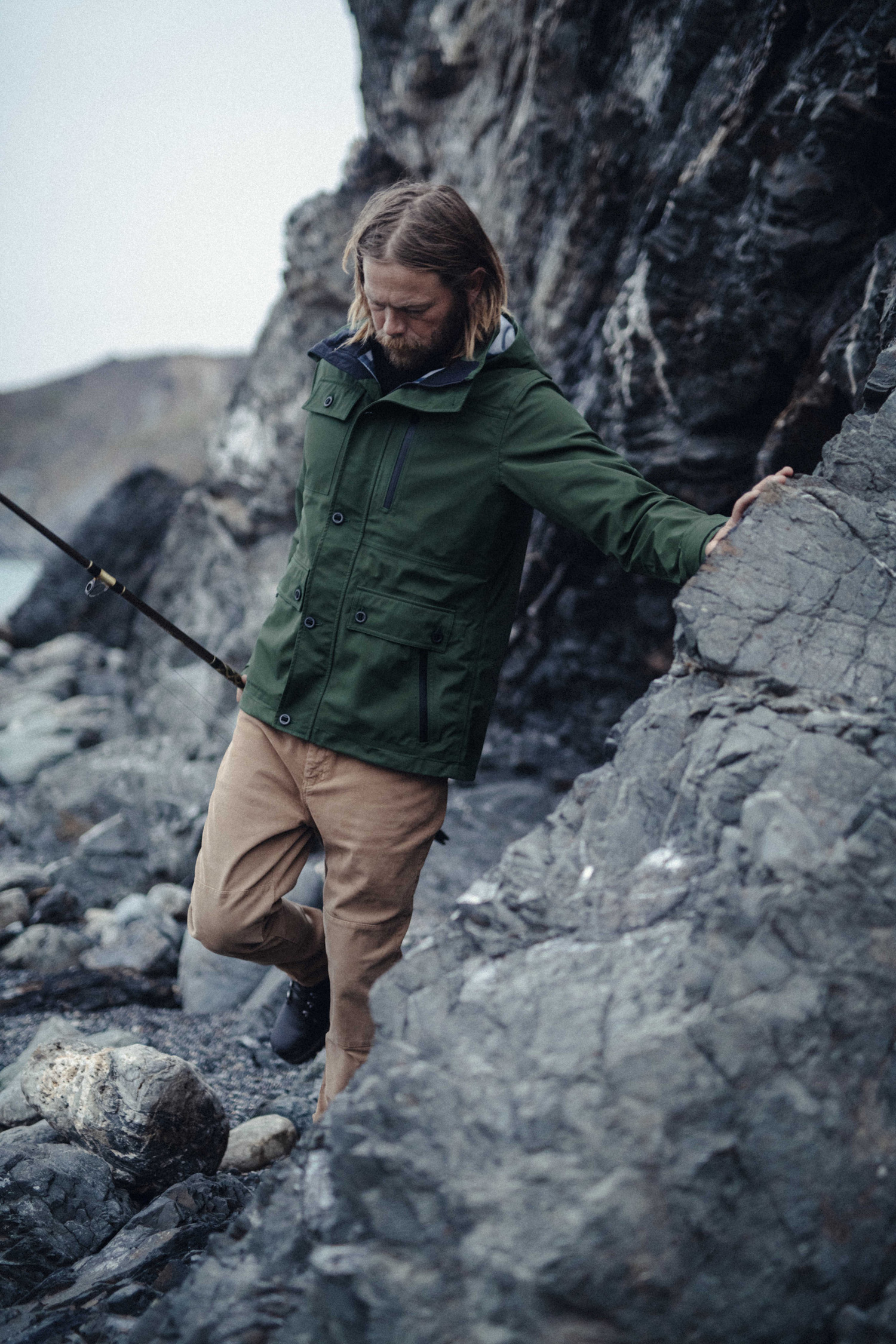
InsideHook: Where does the inspiration for an AETHER piece come from?
Palmer: We are inspired by things that have come before. We look to the past and sometimes our inspiration comes from how people used to solve weather problems. I think we’re running into a problem right now with outerwear in general, that it all looks the same. Everybody’s now wearing the same jacket, whether it’s Columbia or Marmot or North Face, they all look the same.
They’re all following the same basic blueprint, which we don’t follow. So to look around our outerwear contemporaries, we get zero inspiration. But to look back at some of the more classical pieces that have been good for decades, the kind of pieces you put in your closet and you don’t have to worry about them going out of season or out of style. Then we bring the modern-day fortification to it, the modern-day fit. And if we can bring new technology into a shape that is more classical, we feel like that’s a really sweet spot for AETHER. Where you recognize it, but all of a sudden you’re like, “But this is built bomber-tough. This is a fully technical, very classic piece that can live in my closet for a decade.”
I feel like the Camber Jacket is a really good example of that. You’ve got this classic field jacket style, but you can tell that from a technical standpoint, it’s head and shoulders above what the originators of that style were able to do at the time.
Jonah: Yeah. They weren’t making rib out of Merino, they didn’t have that capability. All of the points of that jacket that touch your skin, whether it’s the liner or the rib at the wrist or around the interior of the collar. All of those things we can now take advantage of new sources of material that we can use to fortify the jacket even further so that it’s an understated, elevated, overbuilt product.
Palmer: You know, we often say we started a design company and we just happened to choose outerwear. We view ourselves as designers first and foremost. So due to that, what we are often finding is advancements in things outside of outerwear and we bring those advancements into outerwear — whether it’s from a protection standpoint or from a usability standpoint. Somebody might need something if they are sailing in the North Seas, and we see a collar detail that keeps that sailor protected in gale-force winds. And, well, the only time I’ve been in a gale-force wind is when it’s been on a motorcycle in sideways rain. So I then wonder if those same components that are used strictly in sailing could be somehow adapted and worked into our everyday protection.
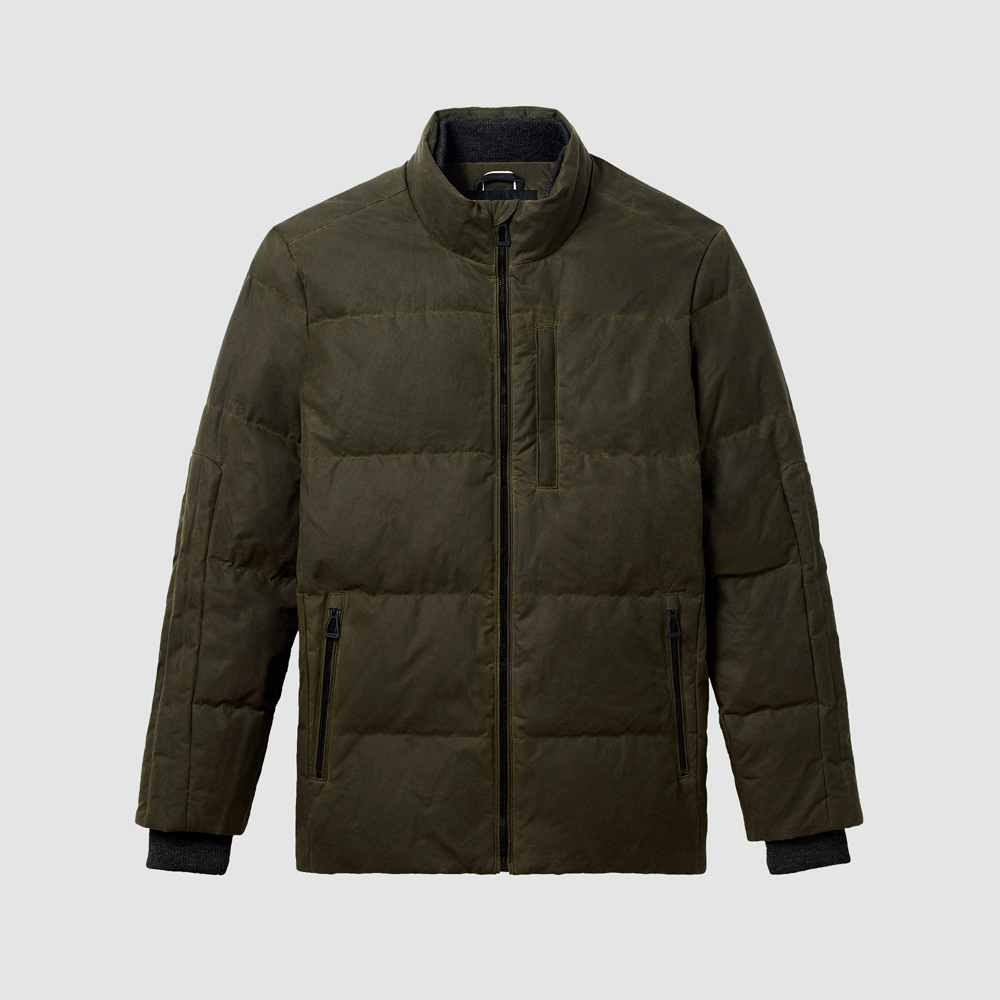
Camber Jacket
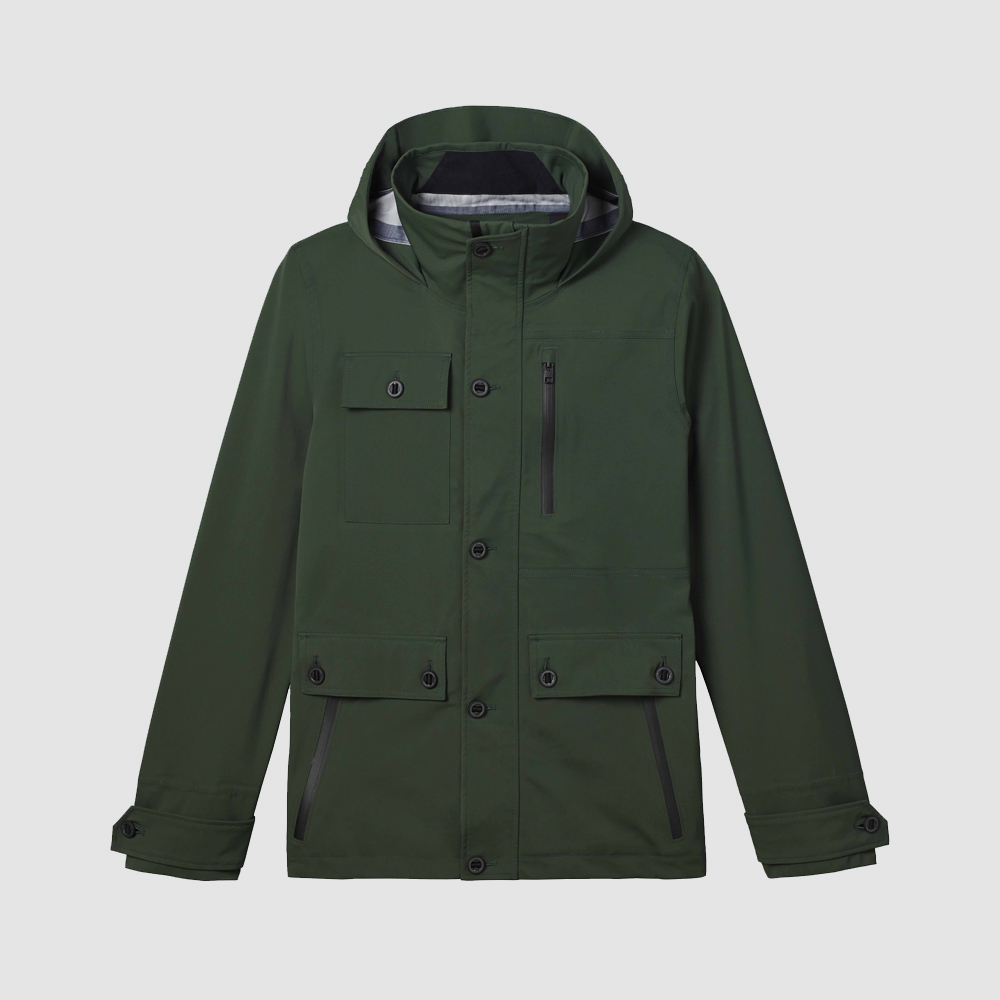
Endeavor Jacket
How do you guys decide which weather conditions or elements that you want to protect against?
Palmer: So as far as weather protection, we are kind of all inclusive of everything that Mother Nature throws at you. So we have fully supportive weatherproof gear and then mildly supportive weatherproof gear, depending on what you’re after, but we’re always looking to have technicality be sort of a buried asset within our gear.
We usually start with the raw material. So whether it’s the fabric or the yarn or the components that make up a product, we’ll fall in love with a source material. Whether it be a specific three-layer fabric or a two-layer fabric or boiled wool or something else that we’ll noodle on and determine, “This needs to be in our line.”
Imagine a really good chef. They don’t have the menu in their head when they go shopping, but they find some produce that’s just outstanding and perfectly fresh at that moment in time and they bring it home and then they figure out what they’re going to cook with it. We have that same kind of approach. We’re going to the market looking at what’s new, what’s great. What are we excited about? What are we excited to share with our customers? We’re builders, that’s our viewpoint. It takes us 18 months to two years to build a garment from soup to nuts before you can buy it.
And then once you build it, what does the testing look like? Do you have a team of scientists?
Palmer: No, but we employ a lot of scientists on three different continents who will run all of our selected material through tremendous testing. The mill will run independent testing either in Europe or in Asia. Our manufacturer, because we have a lifetime guarantee, will run that same fabric after they receive it from the mill through another testing, just to make sure it is as billed. And then we ourselves will do an independent testing using other labs. Whether it’s breathability, waterproofing, whether it’s for moto and abrasion resistance. So before we get into the real world testing of us throwing it on and going and living a life, it has gone through a lot of different scientists. And we know it’s not going to fail before we take it out into the field.
Jonah: I think the best method of testing something is the real-life environment. So that’s what we always try to do. That would be skiing or riding a motorcycle or being in the rain, just living with the product. That’s when you really find out that the inside pocket should be deeper because your phone doesn’t fit, or the neck should be a little higher or a little lower. These sorts of elements you really discover by living in a garment for multiple days.
We joke about living the brand, but I mean, we’ve chosen to live a life where we need this material. We choose to find ourselves doing things with friends in the backcountry, whether it be driving motorcycles off to Costa Rica or backcountry skiing, going to Norway and climbing mountains, skinning up, skiing back down. That’s where we want to use our gear. I’ve fallen off motorcycles enough times to know that our gear works. We’ve put ourselves in enough harrowing situations, whether it be blizzards in Norway or snow so deep you need a snorkel to know that our stuff doesn’t fail. We can say with confidence, “We have put this through the ringer and it has brought us back, so it’ll bring you back, too.”
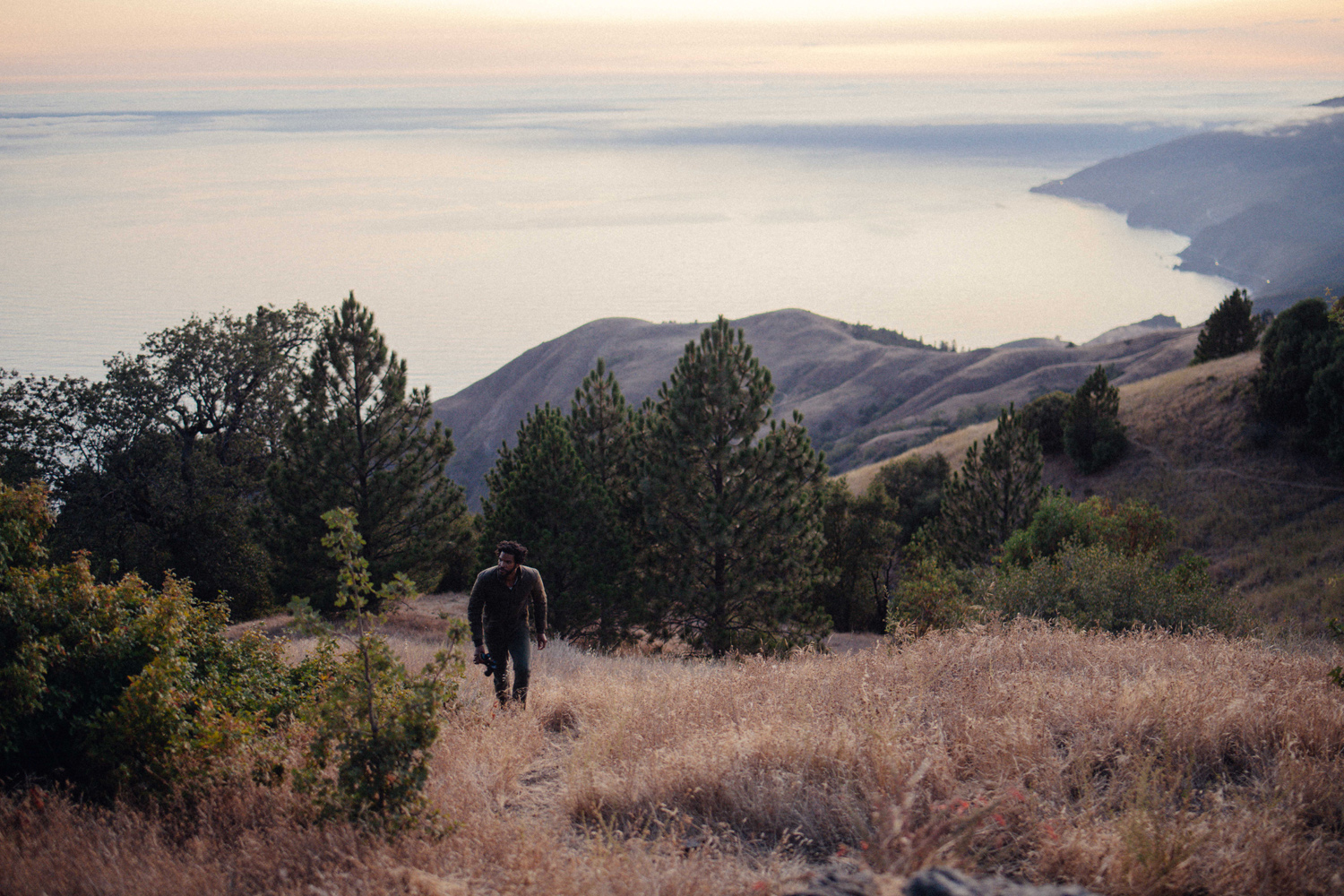
What’s one of your favorite adventures you’ve tested gear on?
Palmer: Years ago, Jonah and I did this thing we called “chasing winter.” The resorts across the Rockies close for the elk migration at a certain point after the first week of April, so that first week was kind of a sweet spot for Jonah and I — we were thinking, “Well, the roads are probably clear and we can chase the final days of winter and ski on six or seven resorts and actually strap the skis and snowboards on the side of our motorcycles.”
So we were wearing a combination of both our moto gear and our snow-sports gear, because we would roll into a parking lot and go ski. Going through the high plains of Wyoming, about negative 26 or 27 degrees, 45-mph crosswind, I realized our stuff really works. I’m going 90 miles an hour in the freezing cold, but we’re warm. Every time we’d go into a gas station, everybody around us with hypothermia, and our group of six, we’re good. It was really sort of a personal testament that we build all our stuff to withstand that, because if it fails you there, you’re in a lot of trouble.
Do you ever get stories from your customers about times that your gear has saved their bacon?
Palmer: All the time. Jonah and I have shot in Iceland twice. It’s a magical place. And we had a customer follow the route that we did, because we shared with people what we did while we were there. This gentleman was traveling by himself, decided to go into the hot springs that we had found out there, and locked his keys in the car. He’s three hours from the nearest human, and all he had was a Space Hoodie and one of our base layers and a pair of jeans on. This was in the middle of the country, middle of the night.
Rather than shattering a window like I would and climbing into the back of the car, he crawled underneath his car and fell asleep. And he wrote us a testimonial about how we saved his life. These kinds of stories about people being stuck and not realizing how warm or weather-protected the gear they purchased from us was until they were put in those situations, those stories are very rewarding. We view those situations as the lowest bar. If it doesn’t work there, what’s the point of owning it?
We are very communicative with our customers, and one of the things that our customers appreciate about us is that the garment never leaves our care. You may own it, but we still hold responsibility for it when it’s in your hands. We’ve had a number of jackets where motorcyclists have gone down and they’ve actually written us to say, “Thank you. I walked away because of you.”
Jonah: There’s been a few videos of people crashing who’ve had GoPros on them. They’ve sent us the videos of them going down and standing up afterwards, it’s pretty terrifying to watch.
Palmer: And Jonah and I will engage in the conversation and say, “What happened? What were the conditions? How fast were you going? What hit the ground first?” You know, we see a little tear in the elbow, “Was that the impact point? Or was that a roll tear? Was there something on the ground that ripped it, or was that through abrasion?”
A lot of our customers are very excited to be part of that process because we want to know, can we make it better? So if whatever activity you’ve chosen to do damages an AETHER garment, we want to know. We want to know why, we want to know when, we want to know where, we want to know how. So that the next thing we do, we’re going to make sure we can solve all those problems. A lot of times, you know, asphalt is what asphalt is. So we get to the end of that and are like, “Nope, we built it right. He walked away. It didn’t fail.” That’s awesome.
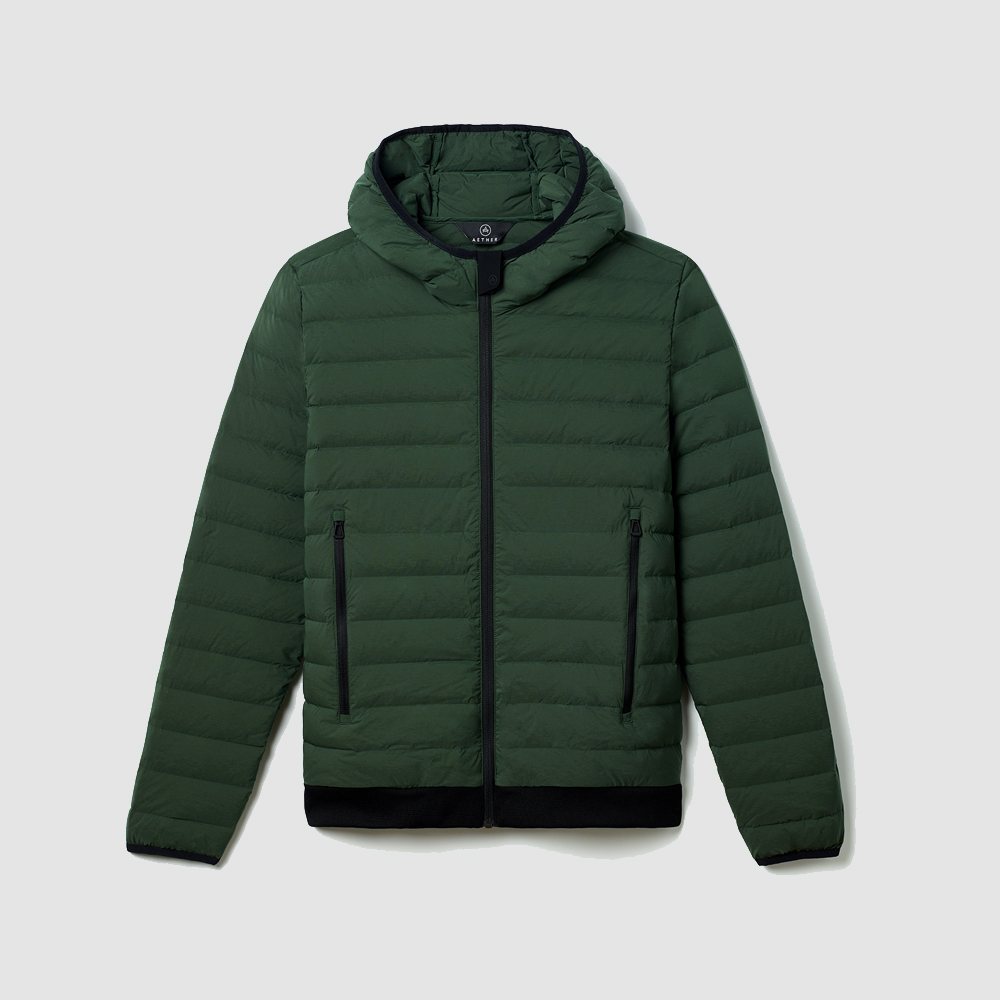
Launch Jacket
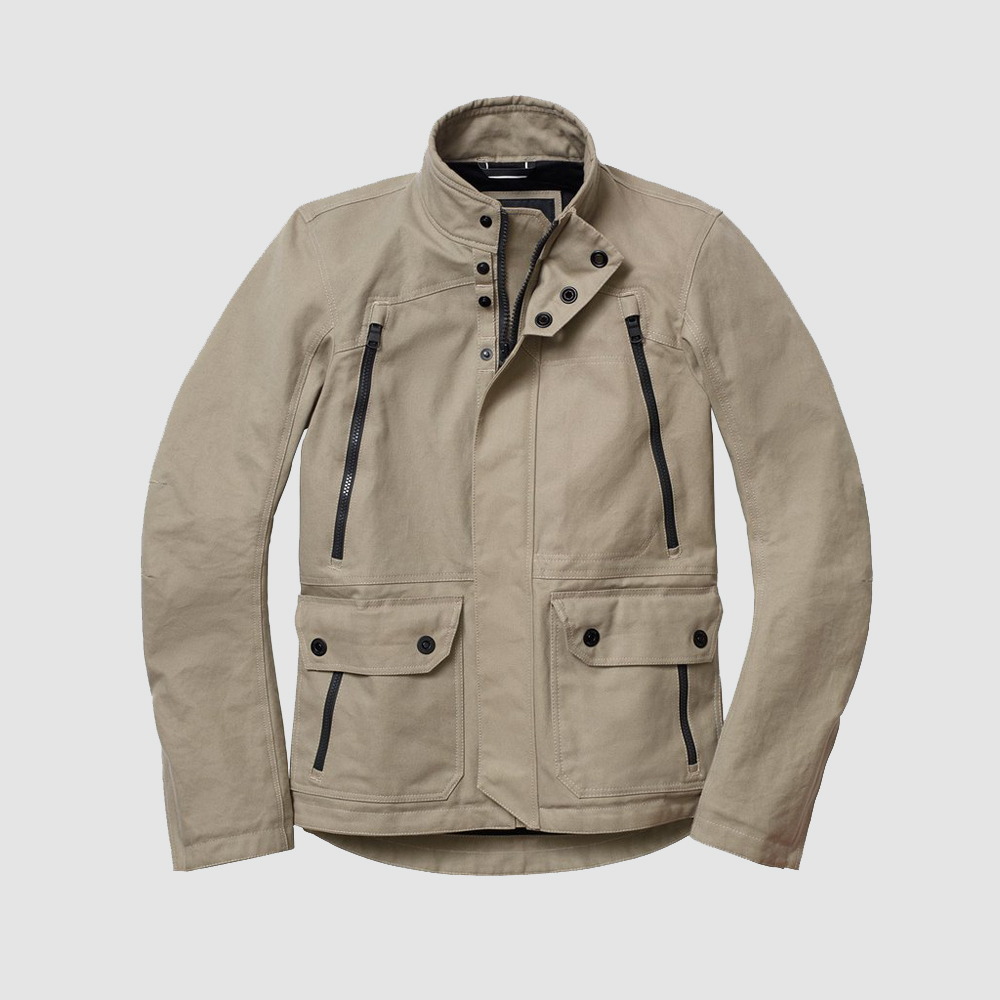
Mojave Motorcycle Jacket
Are there things you’ve dreamed of doing that you haven’t been able to quite pull off yet?
Jonah: We used this one fabric a long, long time ago — it was a waterproof cotton developed by the British Air Force during World War II. They wove cotton so tightly that when it came in contact with water, cotton does what cotton does, it swells. That swelling allowed it to have about 90 minutes of waterproofing, yet it was still cotton and could breathe. I love that fabric. I want to figure out a way that we could make true snow-sports gear out of cotton.
I know that sounds crazy, but there is advancement in how we can mill product today. If you put the question to the mill, you can come up with a solution. The idea that we live in this world and people are more and more concerned, as we are, with sustainability, there are other materials that we are looking into using that don’t come from a barrel out of the ground.
You know, you’re making nylon and you’re making poly, it’s all either recycled or it’s a by-product of oil. At this point in time, there isn’t a natural fiber that does the same thing that the synthetic fiber will, when it comes to water and wind-proofing protection. Our goal is to see if that can be changed — if we can actually develop some materials using natural fibers that defend you just as well as the three-layer polyblend type of ski gear that you’re used to seeing.
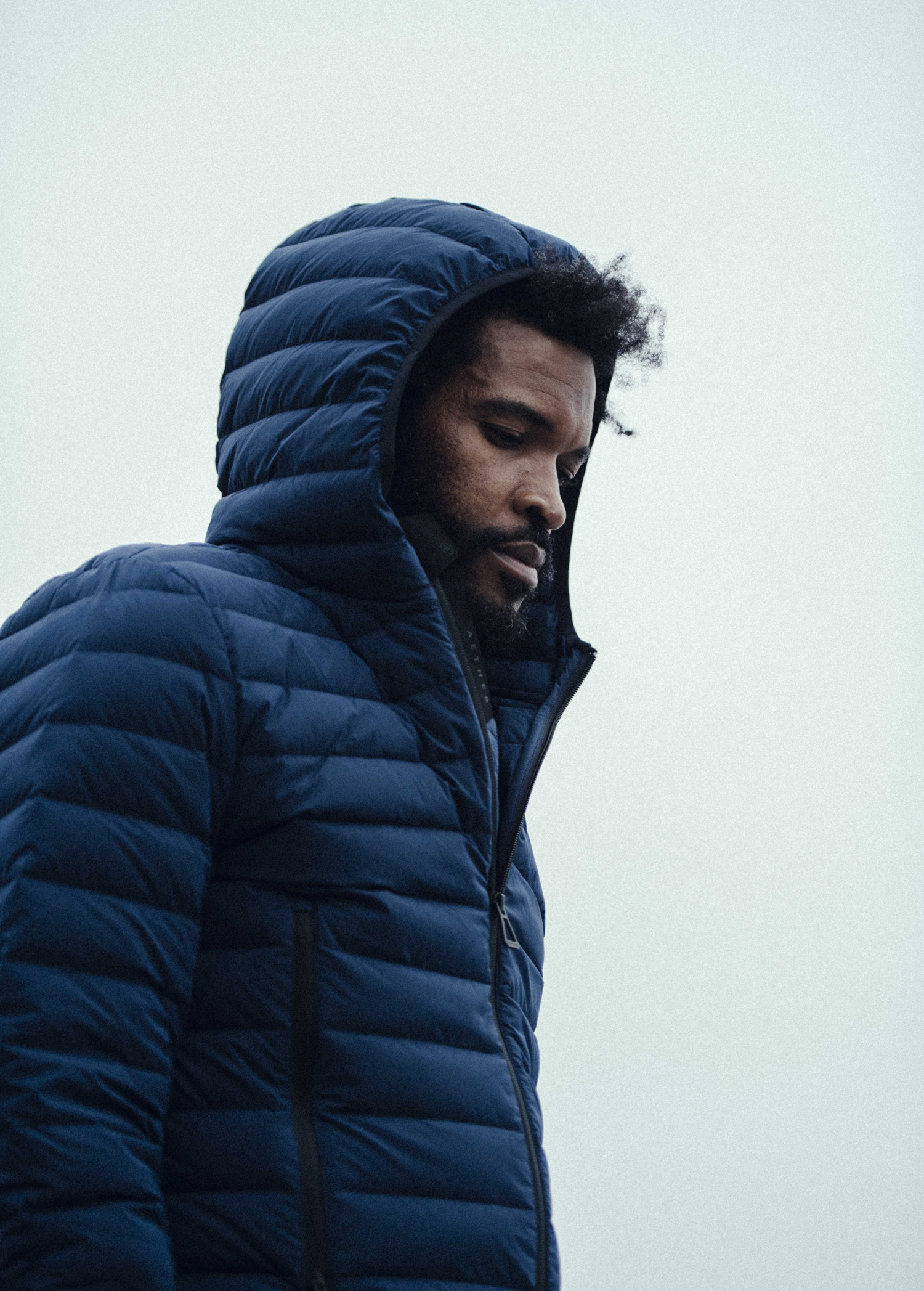
Do you feel as though your love of design is reflected in your stores as well as the clothes themselves?
Jonah: That’s a fair statement. Our philosophy has always been from the beginning, “If you come into our store and you kind of like how everything feels and you like all the touch points and the materials used, then you’re going to like our clothes.” We’re not a brand that puts a bunch of clothes out on a rack and says, “Geez, I hope you’d like one.” We are a brand that puts together stuff that we want, stuff that is required for us in our daily lives.
That’s what we put on the floor, curated with that perspective. So the architecture within our store, it has a feel. We have this huge freezer in our retail store on La Brea in Los Angeles, this huge walk-in freezer where you can test the cold. You just get this feeling from the brand that you’re not walking through a bunch of racks. You’re not just at a place to buy clothes. This is something where there is a life here beyond just clothing.




